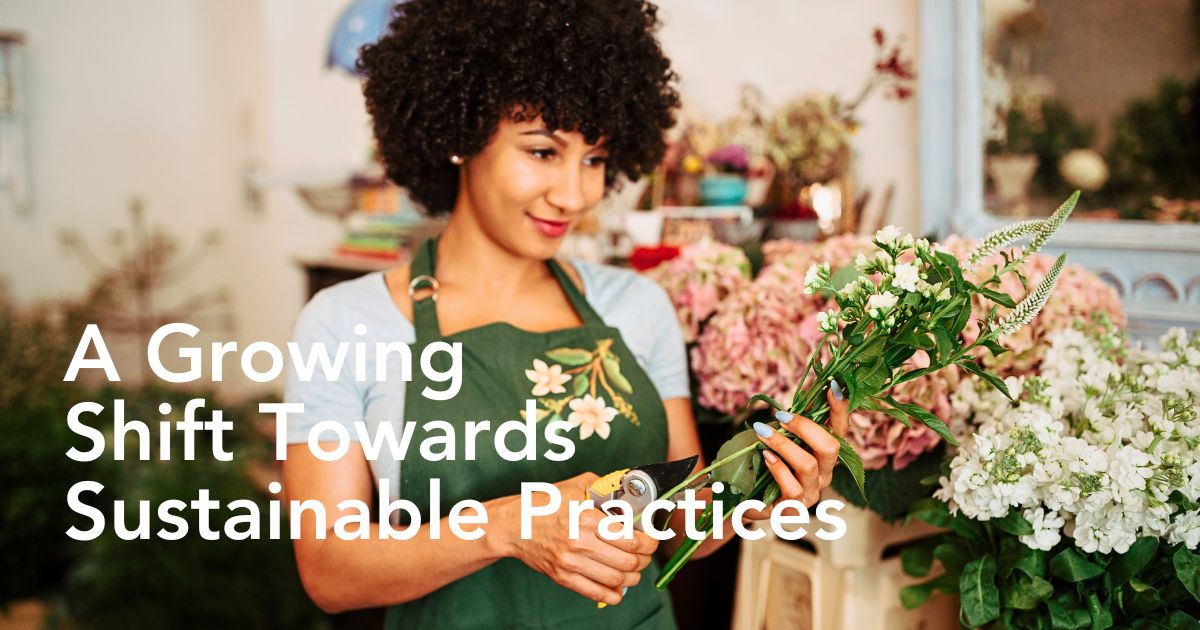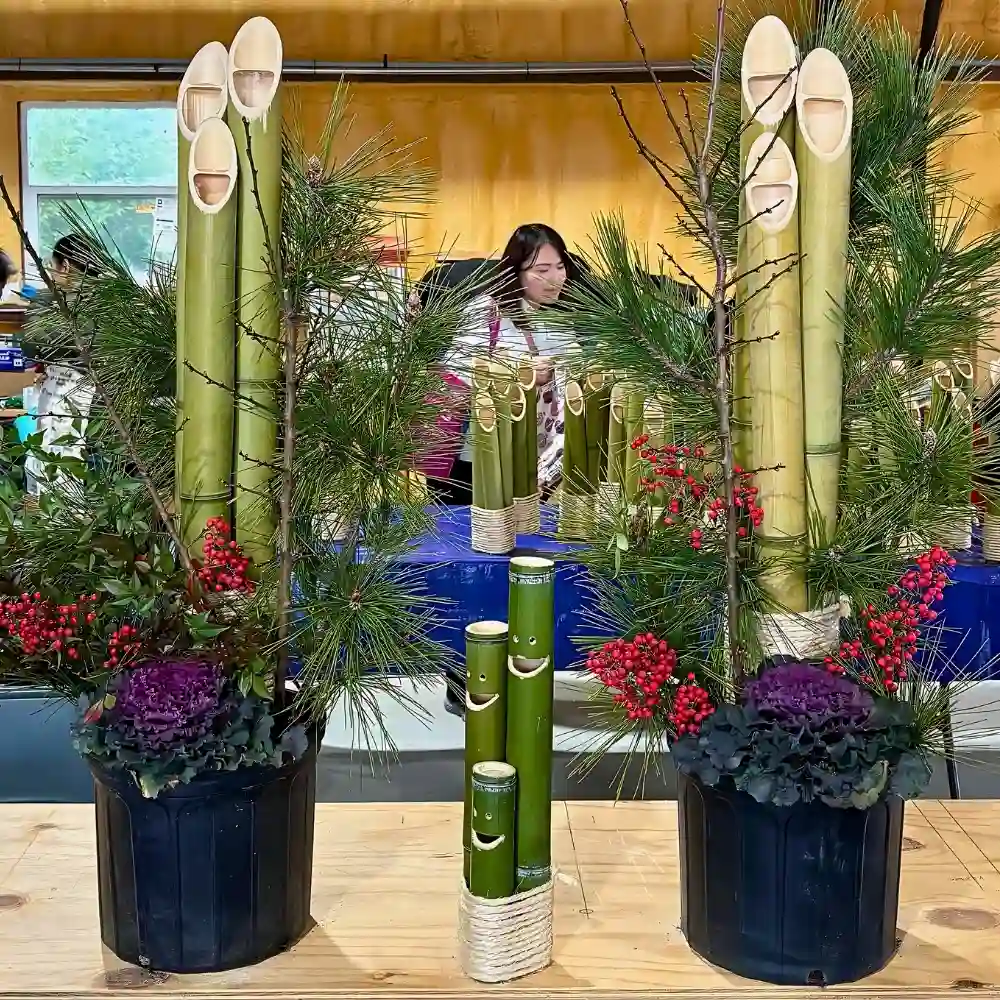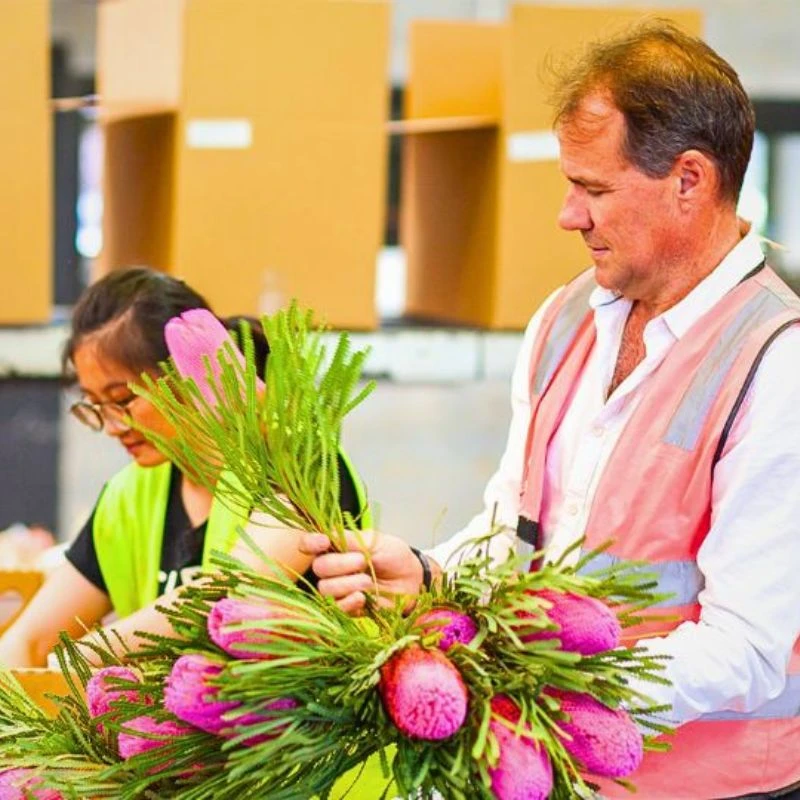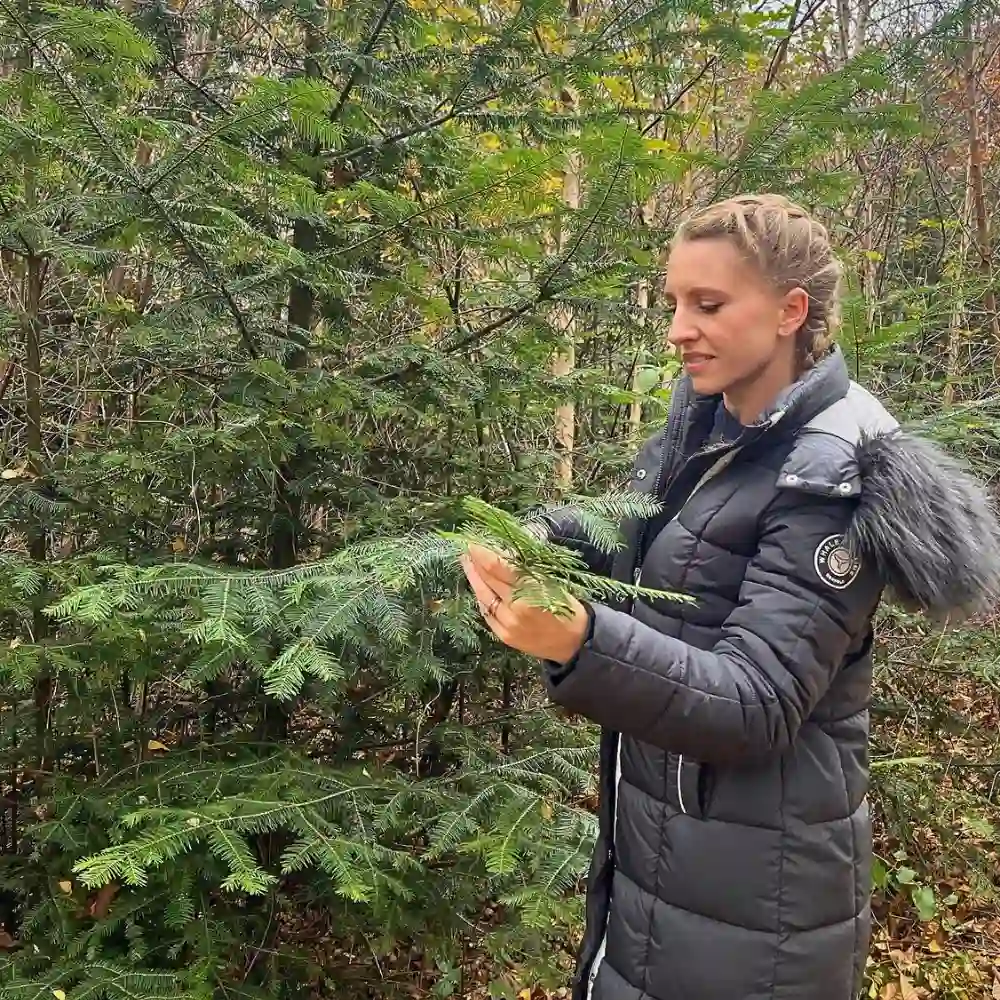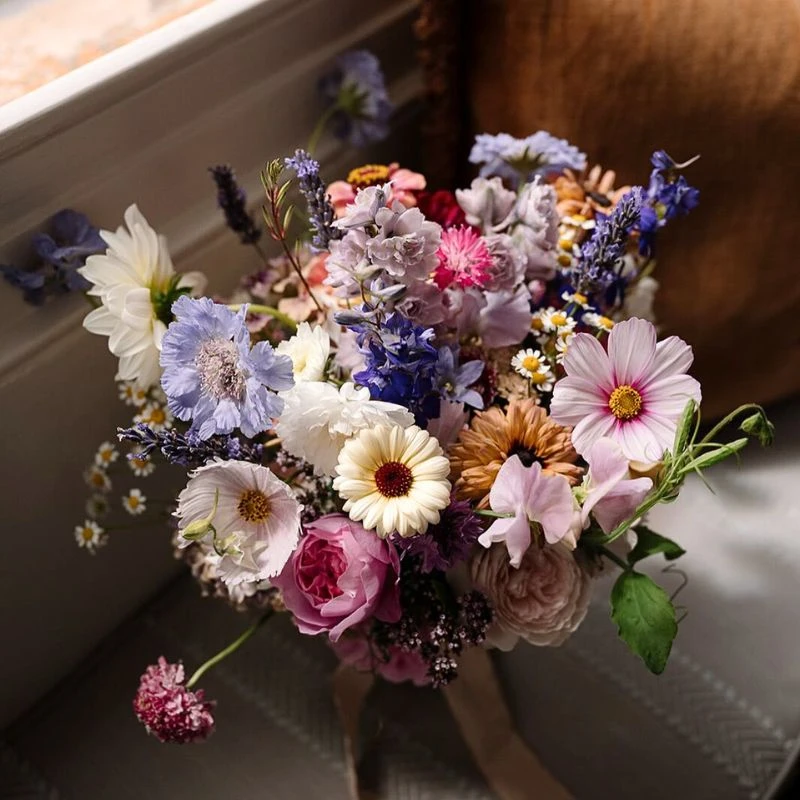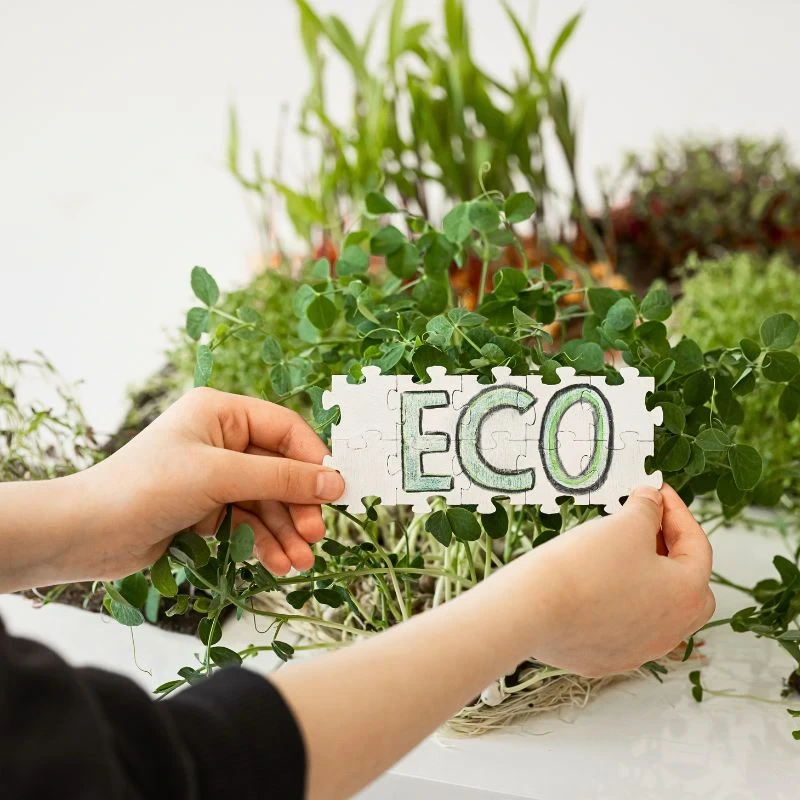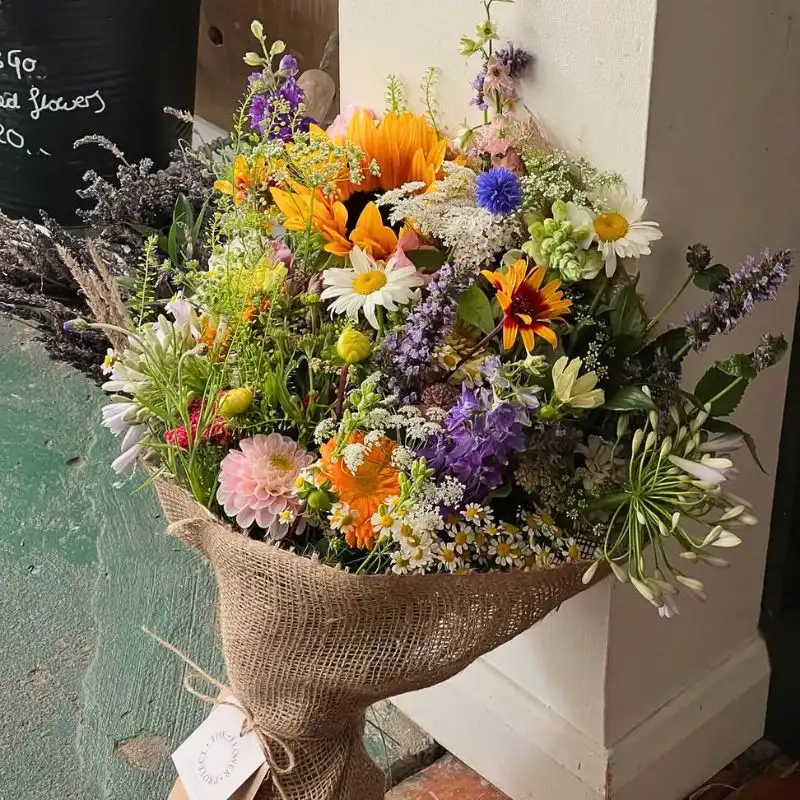A new survey led by North Carolina State University (NCSU) and funded by the American Floral Endowment’s (AFE) Sustainabloom reveals promising trends in sustainability across the floral industry, highlighting opportunities for growers, wholesalers, florists, and suppliers to build greener, more profitable businesses. The findings of the 2024 Floriculture Sustainability Survey were drawn from over 100 flower businesses across the US.
The results reveal that many flower businesses are adapting their floral practices in response to environmental pressures and changing consumer expectations. They also highlight important drifts, providing a window into how some in the industry are approaching sustainability today, while planning for the future: finding alternatives to plastic, transitioning to energy-efficient vehicles, or improving customer outreach.
Consumers Are Willing to Purchase From Environmentally Friendly Floral Providers
These findings come on the back of a recent study from the Floral Marketing Fund, which found that up to 60% of consumers who took part in the survey agreed or strongly agreed that they would be more willing to buy from an environmentally friendly floral provider. Additionally, half of the respondents indicated a willingness to pay 10 percent or more for flowers with certain sustainable attributes, with locally produced flowers ranking highest on this list.
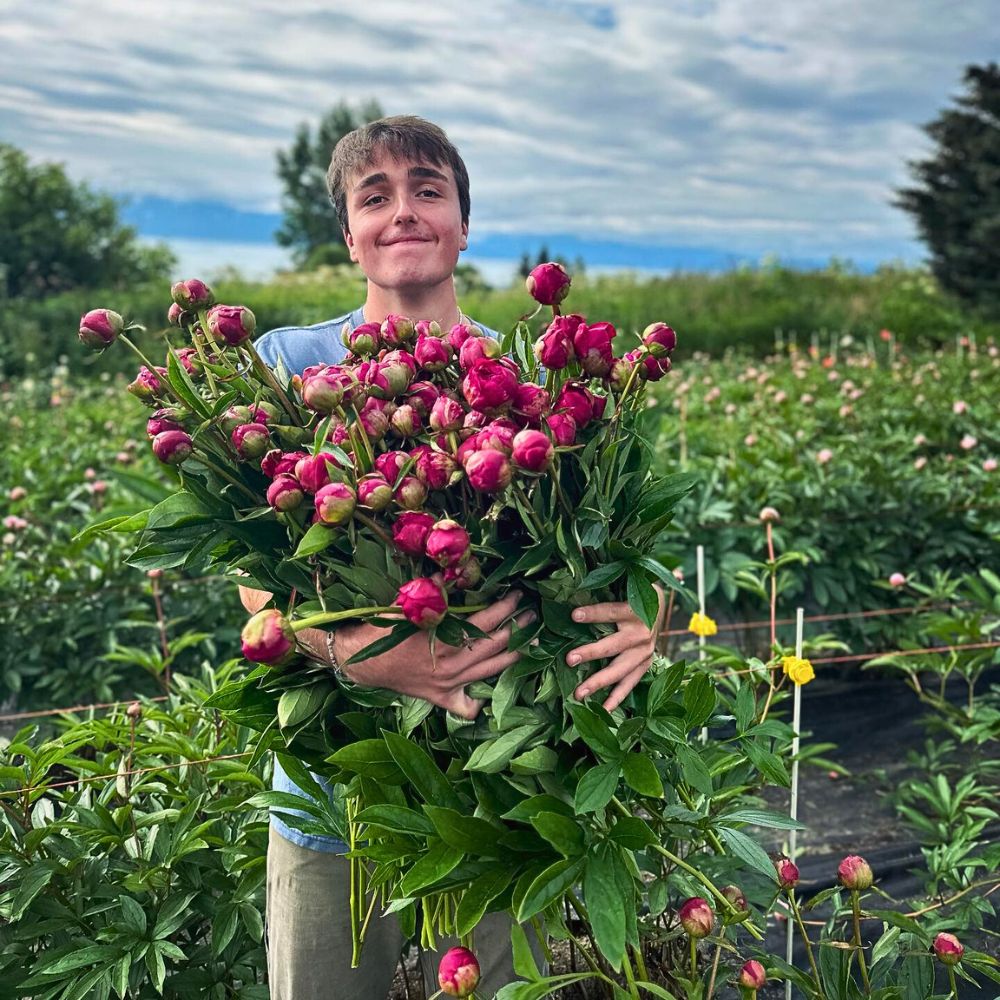
Consumer interest in sustainability also suggests that economic opportunities exist for businesses that effectively communicate their environmental commitments. Fundamentally, according to Dr. Melinda Knuth, assistant professor at NCSU and faculty lead on the project, across all floral industry sectors, there is a strong interest in sustainability. "And by communicating their efforts and tapping into consumer values, floral businesses can turn sustainability into a competitive advantage," said Dr. Knuth.
A Growing Commitment Toward Floriculture Sustainability
One of the most compelling insights from the 2024 Floriculture Sustainability Survey is the industry-wide sustainability engagement. The majority of respondents ranked sustainability as ‘very important’ for their floral business. But then again, those surveyed who currently have a formal sustainability plan reported having implemented it within the last five years. This suggests that while the flower industry is taking sustainability much more seriously, it is still building the institutional and operational frameworks to support long-term commitments.

Amanda Solliday, NCSU doctoral student and co-author of the report, notes:
“Our study is another line of evidence that many floriculture businesses are practicing sustainability, and many more are ready to make changes that benefit the environment and their bottom line—they just need the right tools and support.”
From the findings, sustainability-wise, suppliers appear to be leading the way: 63% reported active sustainability plans, and more than half have appointed dedicated sustainability officials. Florists followed, with 39% indicating they had formal strategies in place, while growers and wholesalers came at 18% and 27% respectively. Despite this disparity, the majority of respondents across all segments still considered sustainability important to their business. However, the efforts that businesses are making and how effectively they communicate those efforts vary significantly.
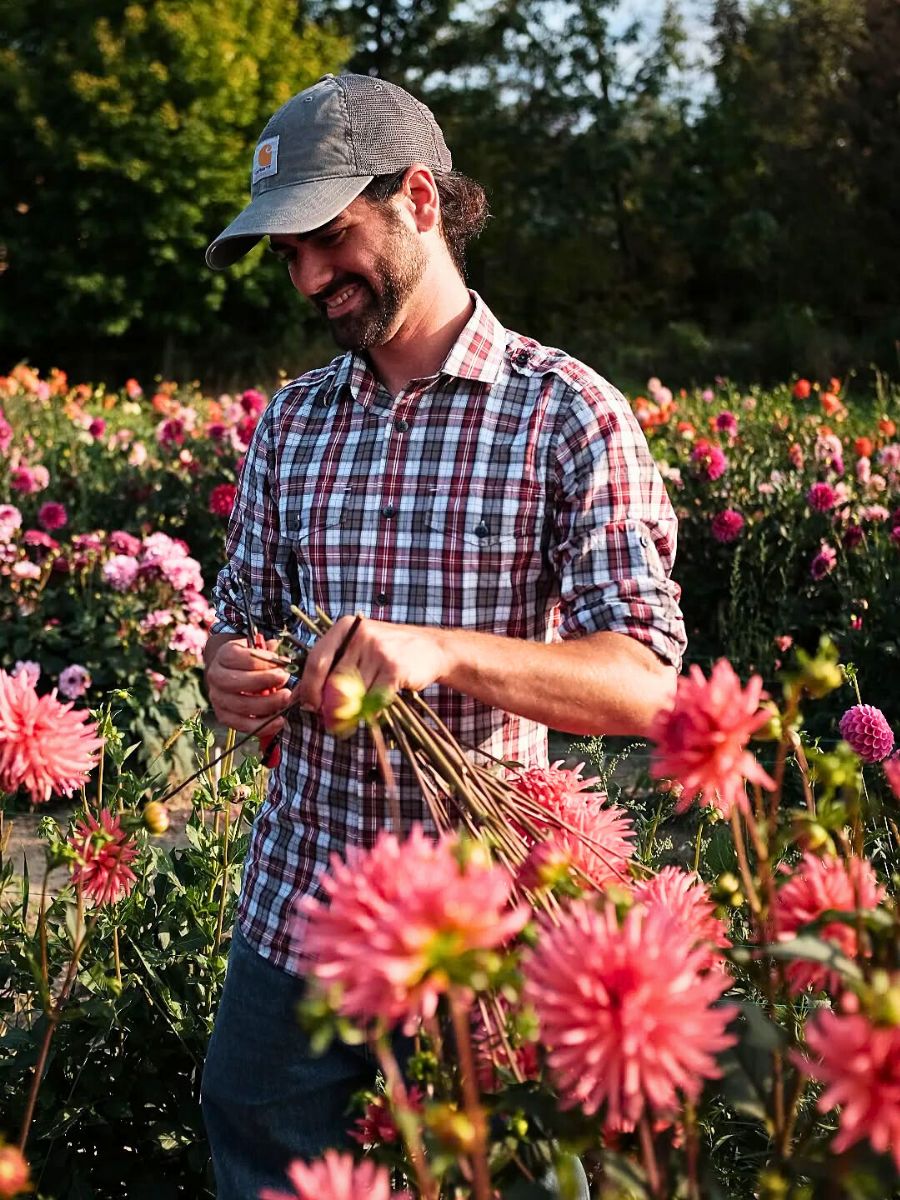
Despite Active Efforts, Growers Face Some Practical Barriers
The majority of grower respondents operate small farms, most under five acres, and largely focus on cultivating cut flowers. Their sustainability efforts are practical and farm-focused: composting, recycling, and biological pest control ranked among the most common practices. When asked about their future plans, many reported interest in switching to peat-free growing substrates, adopting integrated pest management (IPM), and biodegradable packaging materials, and investing in fuel-efficient vehicles.
However, the cost of implementation, limited financial incentives, and a lack of access to educational resources were cited as major barriers. Even though there are government grants and programs, few growers reported successfully securing such support, indicating a disconnect between policy and practice.
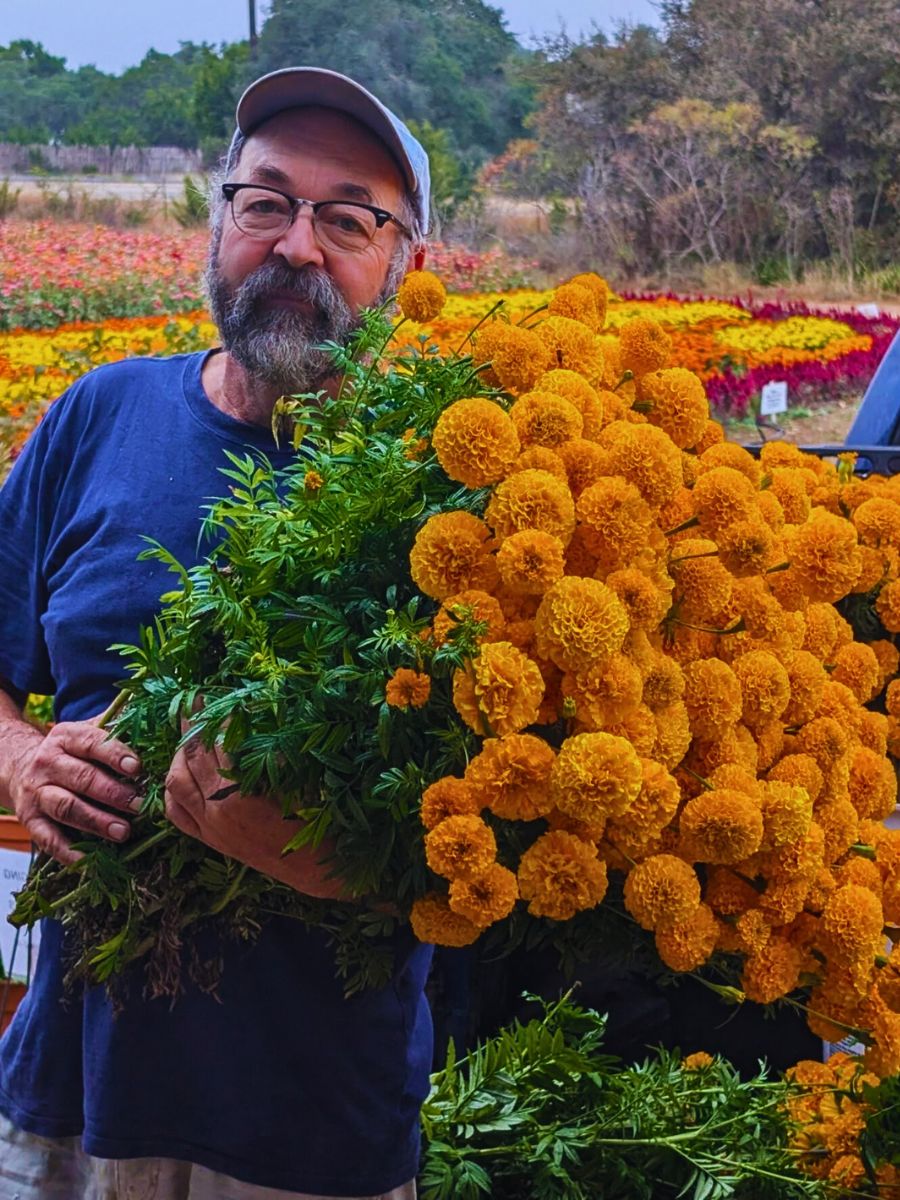
Florists Face Challenges in Packaging, Communication, and Regional Disparities
Florists showed moderate engagement with sustainability, with most efforts centered around waste and energy reduction. Container recycling and packaging minimization were also among the top existing practices. Regional differences were notable. Businesses in the Midwest and West are more likely to adopt composting and alternative packaging. Future priorities include reducing water use and exploring the use of electric vehicles for deliveries.
But, florists also reported the highest number of perceived challenges, ranging from cost concerns to uncertainty about whether consumers are truly willing to pay more for sustainably sourced flowers. Interestingly, smaller florist shops were more likely to market their environmental practices than their larger counterparts. Florists, still, in the Midwest and West/Pacific regions also reported a higher likelihood of adopting composting and alternative packaging strategies, suggesting a potential for regional best-practice sharing.
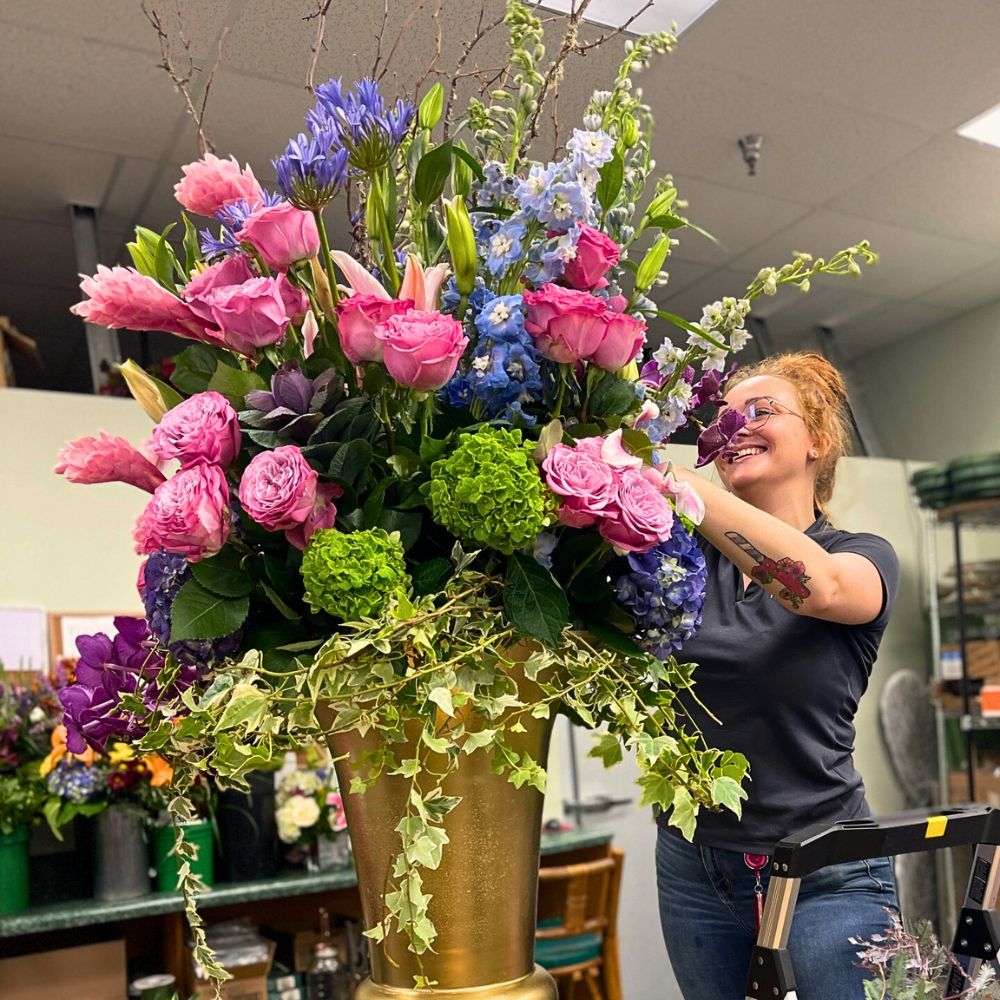
Suppliers Show Structured Progress and Strong Communication
Suppliers emerged as the most advanced in both planning and promotion. In addition to high rates of sustainability plan adoption and officer appointments, they also revealed the strongest consumer-facing communication efforts. On average, their sustainability promotion frequency was rated at 63 out of 100, substantially higher than other segments. Operationally, their focus is on packaging reduction, energy efficiency, and the adoption of alternative materials.
Suppliers also expressed future interest in transitioning to alternative energy sources, like solar and other renewable energy options. However, even this well-positioned segment identified cost as the top barrier to further investment. While several suppliers reported taking advantage of government incentives for energy efficiency and lighting upgrades, access remains inconsistent.
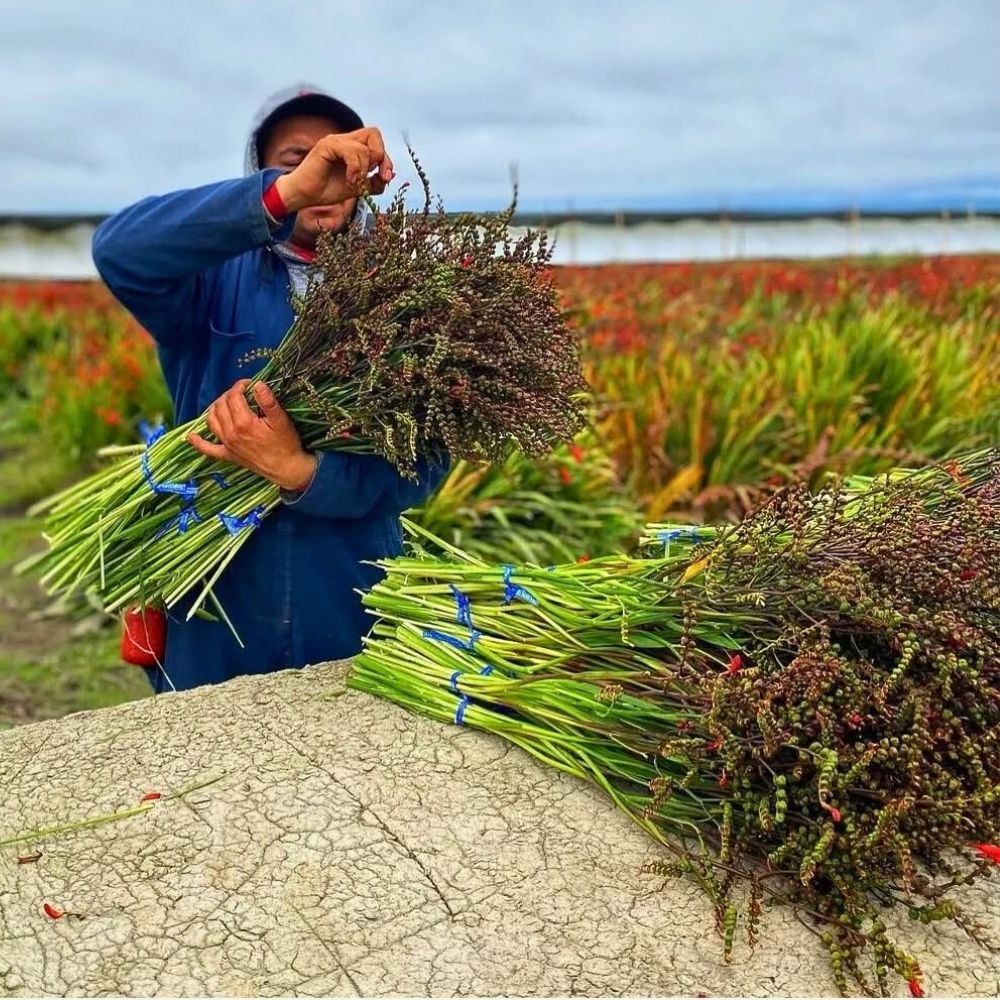
Wholesalers Approach Sustainability With Carefulness
Among wholesalers, sustainability is still quite seen as outlying. Only 20% viewed environmental responsibility as a ‘very important’ business priority, and just over one-quarter had formal plans in place. Yet this group showed signs of movement: many wholesalers are exploring fuel-efficient logistics, energy-conscious cold chain operations, and material reduction in packaging.
Their most frequently cited barrier was not cost, but uncertainty around profitability, highlighting a broader hesitation to invest without guaranteed returns. Wholesalers were also the least active in communicating sustainability to their customers, with many indicating they ‘almost never’ promote their efforts publicly.

Priorities for Advancing Sustainability Across the Floriculture Industry
The findings point to several clear priorities for advancing sustainability across the floriculture industry. They point to the need to expand educational resources. Businesses, especially small and mid-sized ones, need clear, accessible guidance tailored to their specific operations. Growers need technical guidance on peat-free substrates. Florists need tools for reducing delivery emissions. Wholesalers require case studies on energy-efficient logistics. And, sector-specific toolkits are essential.
Also, the need to improve access to financial support is paramount. While some incentives do exist, awareness and uptake are low. Coordinated efforts by trade associations and sustainability networks can help bridge this gap. It also calls for strengthening communication efforts. Sustainability should be integrated into brand identity, marketing, and customer education. And as a result, businesses that effectively promote their environmental efforts are likely to enjoy stronger brand loyalty and pricing power in an increasingly values-driven marketplace.
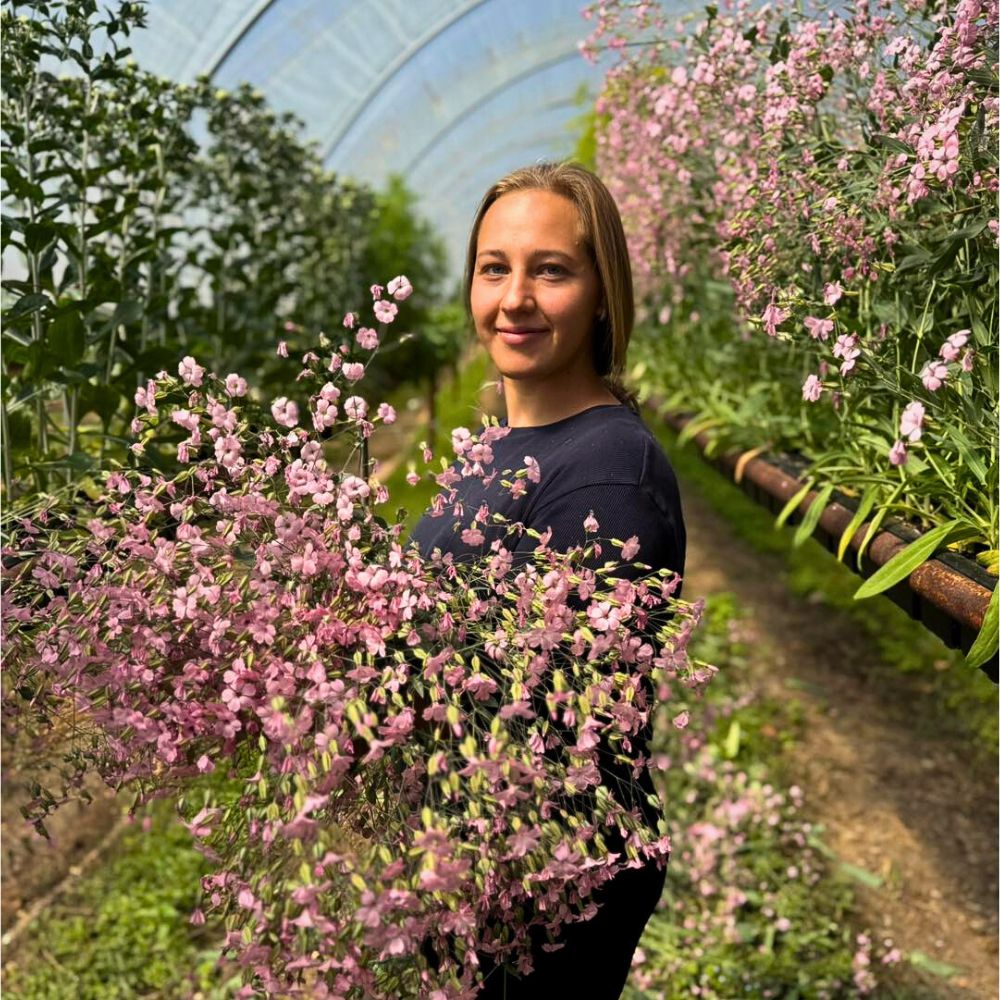
Further, the survey’s findings encourage regional collaborations. The Midwest and Northeast regions reported both higher implementation and more barriers, suggesting opportunities for peer learning and policy coordination.
Cost, Communication, and Capacity Remain Key Challenges
While the industry in general shows a strong commitment to sustainability, some core issues emerge. Cost is a universal barrier. Be it for small-scale growers or high-revenue suppliers, the financial burden of sustainable transformation looms large, compounded by the absence of clear, accessible incentive approaches.
Communication gaps also hold back progress. As noted earlier, despite growing consumer demand for sustainable products, 60% of buyers are more likely to purchase from eco-conscious florists. Few businesses are actively sharing their environmental practices, which weakens the commercial case for investing in sustainability and leaves value on the table. Both small and large floral businesses reported similar levels of challenges.
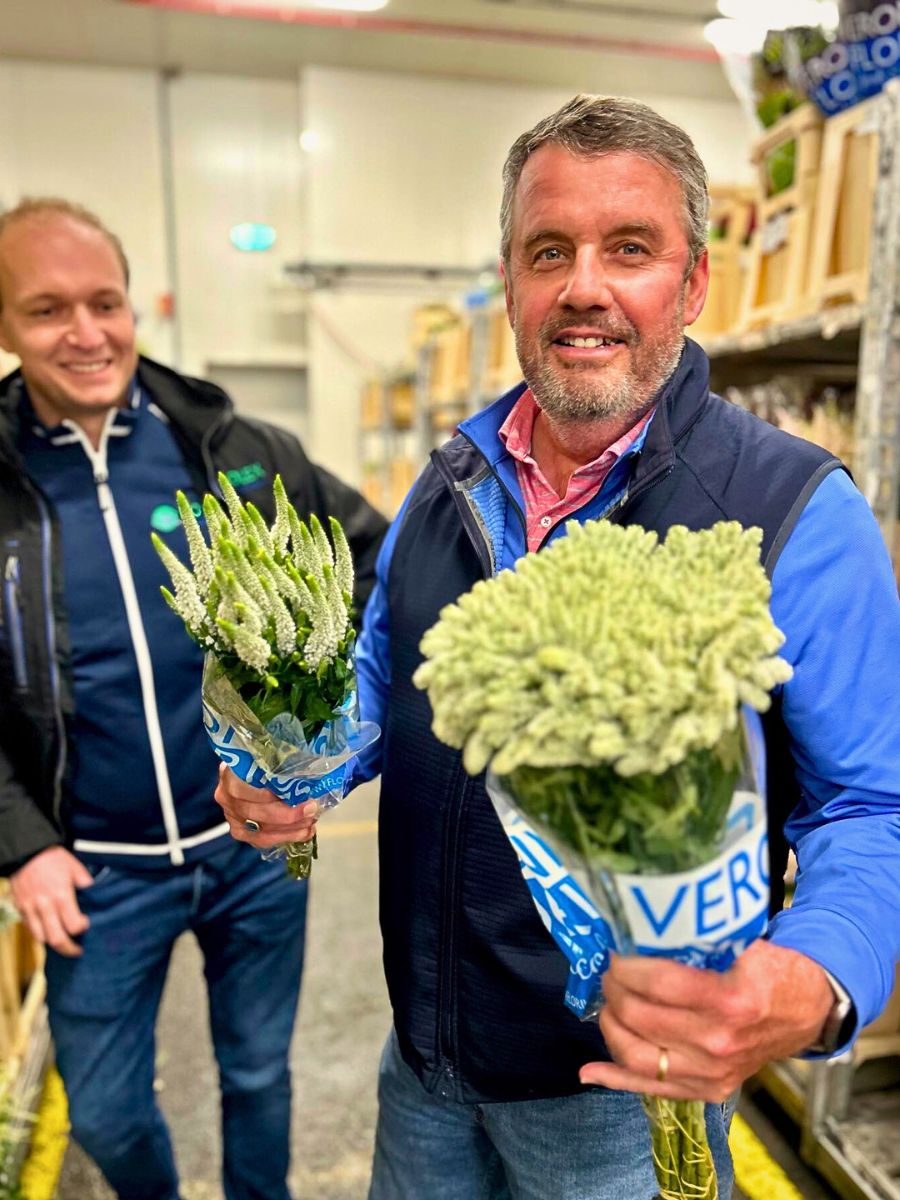
To address these, enhanced outreach, financial incentives, and educational resources can support the wider adoption of sustainable practices. Future efforts should focus on reducing financial burdens and perception of financial risk for businesses and improving sustainability communication strategies to customers. Greater effort around sustainability communication to consumers, once practices are in place, could also help improve the overall model.
Sustainability planning resources tailored to the floriculture industry also present another ripe area for advancement. Of all the businesses surveyed that currently have a sustainability plan in place, those plans, as noted, are new, implemented within the past five years, suggesting that the practice of sustainability planning is emerging in floriculture and is well-suited for additional support provided by educational resources.
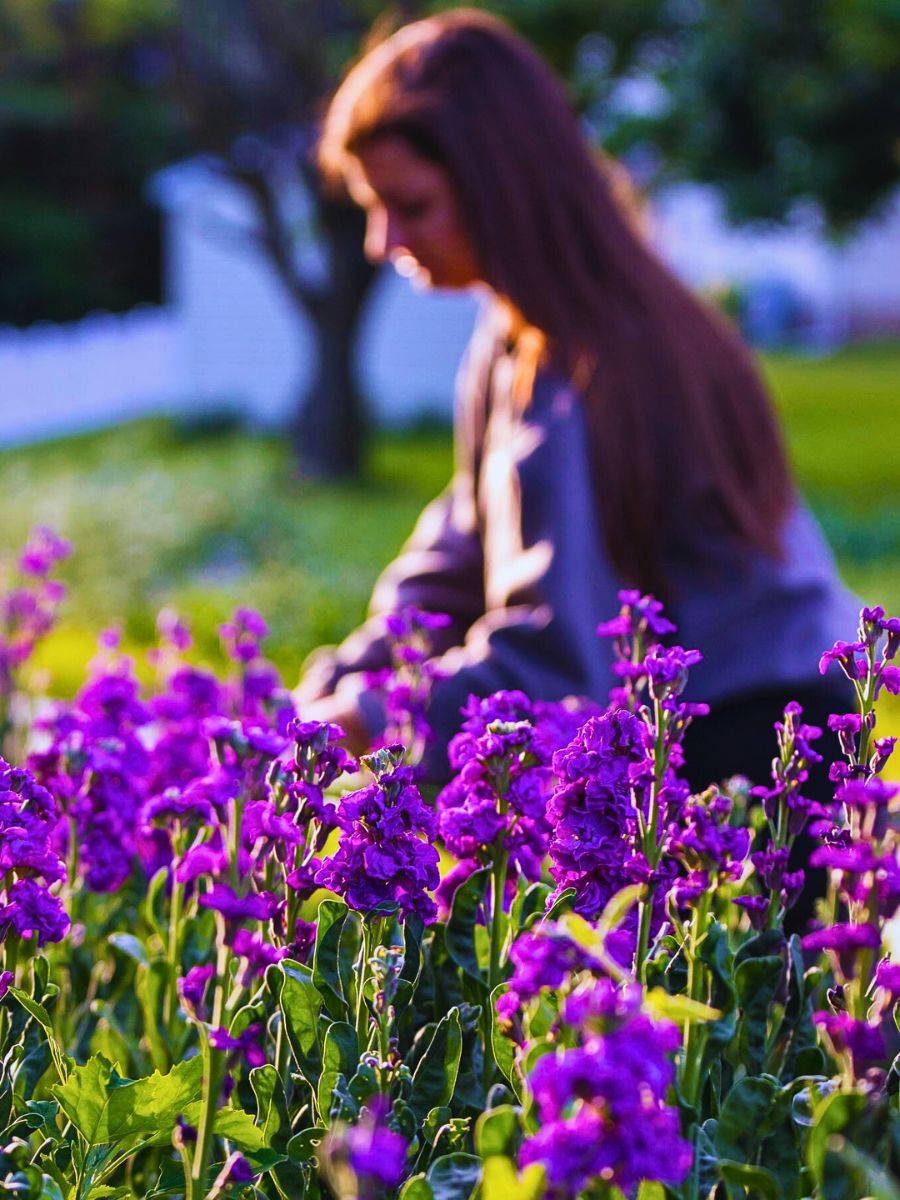
A Timely and Insightful Look at the Flower Industry
Sustainability in the floriculture industry is a strategic requirement. The commitment is growing. The tools are emerging. And the consumer base is ready. The 2024 Floriculture Sustainability Survey, therefore, provides an opportune and insightful look at an industry in flux. It doesn’t just reveal what the floriculture industry is doing about sustainability, but also reveals what it lacks.
Furthermore, the survey results indicate a continued widespread need for sustainability educational resources, such as those created and shared by Sustainabloom—free, research-backed guides, tools, and education on sustainable practices in the floral industry to help businesses of all sizes grow and thrive sustainably.
Therefore, future efforts should target the specific needs of each segment. For example, information on electric and fuel-efficient vehicles will be more useful for wholesalers and florists, while knowledge about peat alternatives for substrates will benefit growers more. Plastic alternatives and recycling are areas of interest that cut across all segments of floriculture.
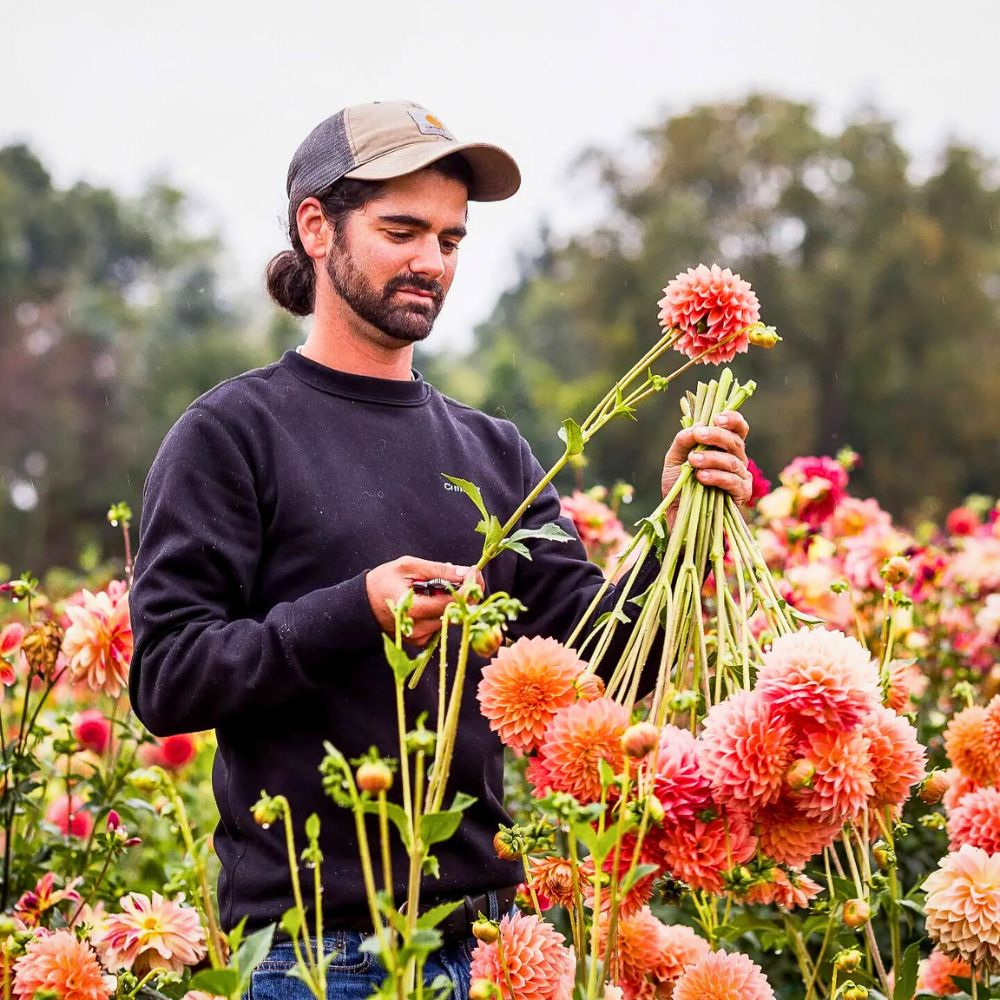
While many businesses are taking action, efforts remain fragmented, recent, and often unsupported. The lack of widespread certification, dedicated staff, or long-term planning shows there is room for growth. Additionally, this data reveals not a lack of willingness, but a need for better alignment. Until there is clearer coordination among segments, between policy and practice, and between what consumers want and what businesses provide, sustainability will remain a scattered effort rather than a shared goal.
Feature image by @wellingtonflorist. Header image by freepik.

